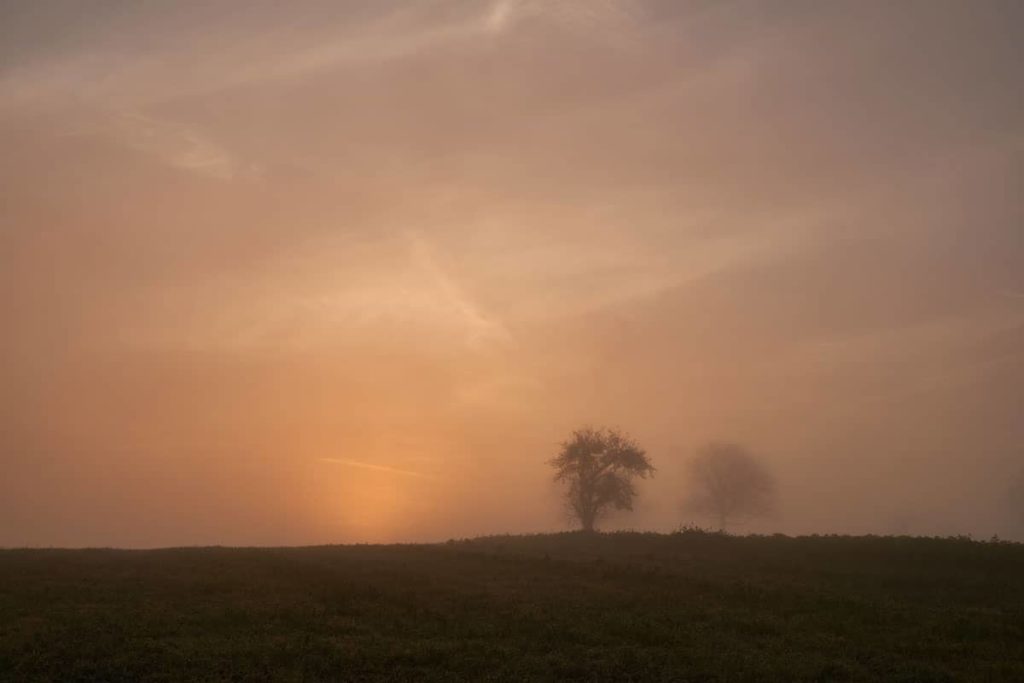
A friendly reminder to Hope bloggers that you should never simply download an image from a web search and use it in your blog, on your social media platforms, or on the college website. Most images are copyrighted and require licensing to be used on Hope’s digital platforms — and we can get in legal trouble if we use an image without permission. Besides, following copyright law is just the right thing to do.
Instead, use one of the following types of images:
Your Own Images
- You’re welcome to take your own photos! Smartphones and digital cameras are more than capable of capturing high-quality photos for most online purposes.
- You can also use photos taken by your friends, colleagues, or students — so long as you have their permission to use it (simple verbal approval is fine in these cases).
Images Hope College Owns
- Photos taken by our professional photographers are stored in WebDAM, our digital asset management service. Simply log into the service at assets.hope.edu with your 1hope login, and our photo manager will assign you the proper permissions to download the images you need.
- Do you need photos that we just don’t have? Contact Public Affairs & Marketing to request a photo shoot. While we can’t take photos for every need, we’re happy to talk through the options.
Images We Have Permission to Use
- Several services offer free-to-use, public domain images. My personal favorite is unsplash.com, where I found the image at the top of this post. You can also look on Wikimedia Commons (but be careful: not everything on Wikimedia is public domain!)
- You can also look for images with a Creative Commons license — but be sure you know the specific license requirements for individual photos. Some require you to use an attribution; some can be modified and others can’t. For these, I usually start at flickr.com. And, Wikimedia may have some Creative Commons images.
- You can also pay to license photos from stock photography sites like shutterstock.com.
Fair Use
In some cases, you may be able to use images that fall under Fair Use, which allows you to use copyrighted images without prior permission. Some examples of these might include the cover of a book being discussed or reviewed; the movie poster of a film being shown on campus; or the professional headshot of an academic from another university or an author from her publicist’s website. (But using a copyrighted image — say, an Associated Press photograph of President Obama at a press conference — is not considered Fair Use.)
Just be aware that Fair Use is a fairly tricky thing — and this blog post certainly shouldn’t be considered legal advice. If you have questions about Fair Use, the best place to go is Hope’s Library. Use their Fair Use Checklist or simply contact them with questions.

